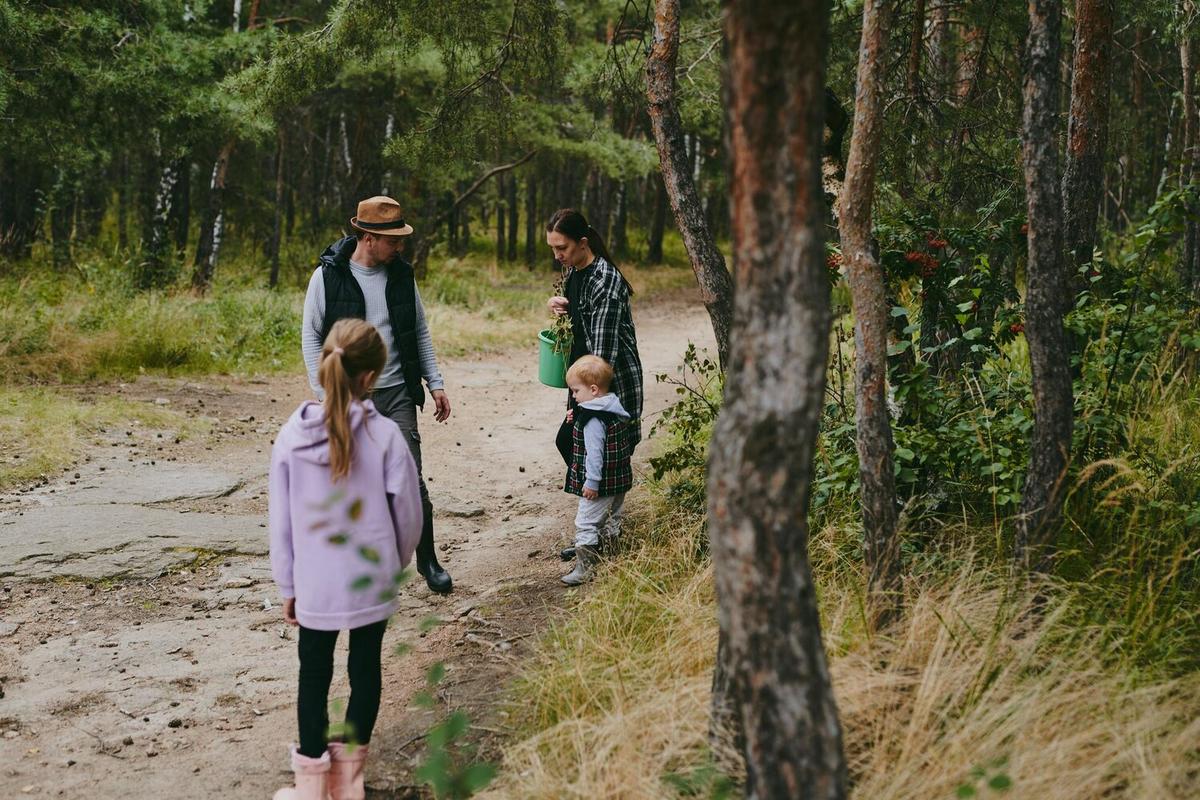
Learning Through Nature: Outdoor Education Activities for Families
Exploring the great outdoors offers families a unique opportunity to learn together through nature. Whether it’s identifying plants, observing wildlife, or simply enjoying the fresh air, outdoor education activities can enrich family bonds and foster a love for learning.
Understanding Outdoor Education
Outdoor education is a method of learning that utilizes natural settings to teach various subjects. According to Dr. Louv, author of ‘Last Child in the Woods,’ engaging with nature can significantly enhance a child’s cognitive abilities and emotional well-being. Studies have shown that children who spend more time outdoors tend to have higher attention spans and improved problem-solving skills.
Benefits of Learning Through Nature
Learning through nature not only enhances academic skills but also promotes physical health and emotional resilience. A study by the American Institutes for Research found that students in outdoor science programs showed a 27% increase in mastery of science concepts. Additionally, outdoor activities help in reducing stress and improving mood, making learning a joyful experience.
Personal Experiences
Take, for instance, the story of a family who started weekend hikes as a fun activity. Over time, they noticed their children becoming more curious about the environment, asking questions about the types of trees and birds they encountered. This natural curiosity led them to explore more educational resources, turning their hikes into interactive learning sessions.
Actionable Tips for Families
- Plan Regular Nature Trips: Schedule weekly or monthly outings to local parks or nature reserves.
- Create a Nature Journal: Encourage children to draw or write about their outdoor experiences.
- Participate in Citizen Science Projects: Engage in projects that track local wildlife or environmental changes.
Outdoor Education Activities
| Activity | Description | Skills Developed |
|---|---|---|
| Nature Scavenger Hunt | Find specific items like a pine cone, a feather, or a specific leaf. | Observation, critical thinking |
| Trail Mapping | Create a map of a walking trail, noting landmarks and distances. | Geography, spatial awareness |
| Wildlife Observation | Identify and record different species of birds or insects. | Biology, attention to detail |
| Environmental Cleanup | Collect trash from a local park or beach. | Community service, responsibility |
| Plant Identification | Learn to recognize various plant species and their uses. | Botany, research skills |
| Cloud Watching | Identify different types of clouds and predict weather changes. | Meteorology, observation |
| Rock Collecting | Collect and categorize rocks and minerals. | Geology, classification |
| Stargazing | Observe and identify constellations. | Astronomy, patience |
Frequently Asked Questions
How can I motivate my children to learn outdoors?
Incorporate games and challenges into your outdoor activities to make them more engaging. Involve children in planning the outings to give them a sense of ownership.
What if we don’t have access to large nature areas?
Even small backyards or nearby city parks can offer ample opportunities for outdoor learning. Focus on micro-environments like flower beds or tree bases.
Conclusion
Incorporating outdoor education activities into your family routine can transform the way your family learns and interacts with the world. By embracing the natural environment, you open up endless possibilities for curiosity and discovery. So, grab your hiking boots and start your next educational adventure in the great outdoors!